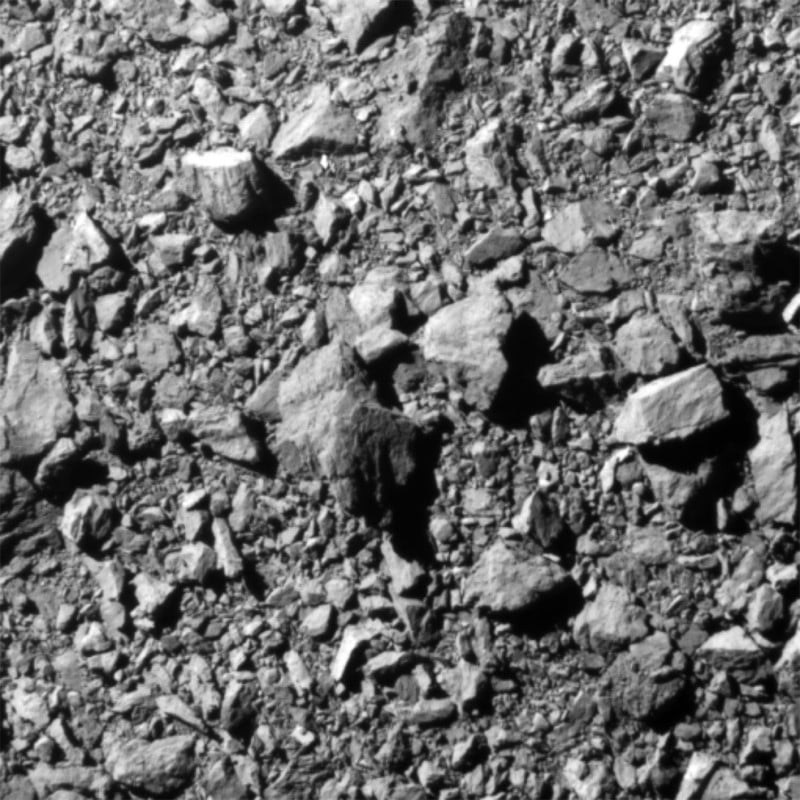NASA Impacts Near-Earth Asteroid, Flexes Planetary Defense Muscles
![]()
NASA has successfully crashed a spacecraft into the asteroid Dimorphos. The first time ever that Earth has demonstrated planetary defense technology.
NASA’s Double Asteroid Redirection Test (DART) successfully impacted Dimorphos at 19:14 eastern time while traveling 14,000 miles per hour. The probe beamed back footage of the collision that took place seven million miles from Earth.
The video shows the final five and a half minutes of DART’s mission but sped up 10 times, except for the last six frames, which are shown at the same rate that the spacecraft returned them.
Dimorphos is a satellite moon of Didymos, a larger and potentially hazardous near-Earth asteroid, that can also be seen in the video. As the Didymos Reconnaissance and Asteroid Camera (DRACO) onboard DART approaches, viewers see a patch of Dimorphos that is 51 feet (16 meters) across. Dimorphos was measured to be 525 feet (160 meters), while its larger neighbor Didymos is roughly 2,500 feet (780 meters) in diameter.
Last night’s extraterrestrial collision came after DART had flown in space for 10 months seeking Dimorphos and NASA says that it demonstrates that Earth could defend itself against an incoming asteroid or comet.
DRACO was the sole instrument onboard DART, an optical guidance device that escorted the spacecraft by using Small-body Maneuvering Autonomous Real Time Navigation (SMART Nav) algorithms, which enabled the craft to distinguish between the two asteroids and also beam back detailed images of Dimorphos.

“At its core, DART represents an unprecedented success for planetary defense, but it is also a mission of unity with a real benefit for all humanity,” NASA Administrator Bill Nelson says.
“As NASA studies the cosmos and our home planet, we’re also working to protect that home, and this international collaboration turned science fiction into science fact, demonstrating one way to protect Earth.”
Spotted from Earth
The DRACO camera was not the only lens observing the crash. Powerful telescopes on Earth also captured it with the South African Astronomical Observatory (SAAO) using a one-meter telescope to image the impact.
Animation (sped up 500x) from one of @LCO_Global's 1 meter telescope at @SAAO South Africa showing effects of #DARTMission impact into Dimorphos (Still no threat to the Earth… Long straight streak is camera artifact) pic.twitter.com/StYWtLArgG
— Tim Lister (@astrosnapper) September 27, 2022
ATLAS observations of the DART spacecraft impact at Didymos! pic.twitter.com/26IKwB9VSo
— ATLAS Project (@fallingstarIfA) September 27, 2022
The ATLAS project based in Honolulu also observed the smash. Footage of the incident taken from Earth is sped up, 500 times in SAAO’s case, but dust and debris are still visible millions of miles away.
Image credits:Photos by NASA/Johns Hopkins APL